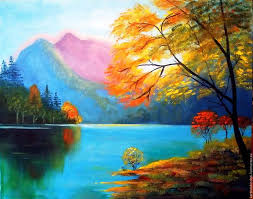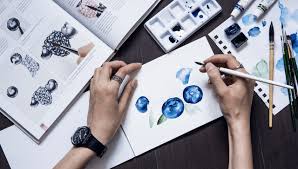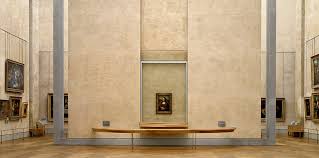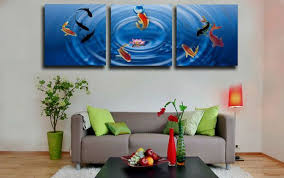Metropolitan
HISTORY OF LANDSCAPE GENRE DEVELOPMENT (part 1)
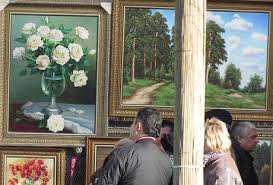 Translated from French, the word “landscape” (paysage) means “nature”. This is what the genre is called in fine art, the main task of which is the reproduction of natural or human-modified nature.
Translated from French, the word “landscape” (paysage) means “nature”. This is what the genre is called in fine art, the main task of which is the reproduction of natural or human-modified nature.
In addition, the landscape is a specific work of art in painting or graphics, showing the viewer nature. The “hero” of such a work is a natural motif or a natural motif invented by the author.
Elements of the landscape can be found already in cave art. In the Neolithic era, primitive masters schematically depicted rivers or lakes, trees and stone blocks on the walls of caves. On the Tassilin-Ager plateau in the Sahara, drawings were found with scenes of hunting and driving herds. Continue reading
technologies
harmony
period
returned
manufacture
contact
landscape
artists
resistant
sixties
combination
selection
educational
ideological
soldiers
composition
absolutely
festivals
different
unshakable
institution
canvas
troubles
photography
documentary
enthusiasm
performance
subsequent
various
until
province
creation
again left
movements
workshop
school
density
distinguished
development
traditions
available
professional
phenomenon
decorative
minerals
student
watercolors
landscapes
communal
background
community
emergence
Museum
number
milestone
finally
transmitted
snowflakes
members
arrogance
sepia
modest
characteristic
musician
reproduction
technique
